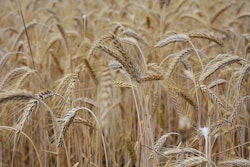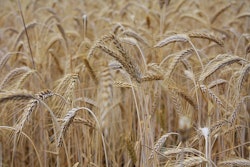
The U.S. Department of Agriculture's Foreign Agricultural Service has released its annual report on global grain markets, providing insights into production, consumption, trade, and stocks for the 2024/25 marketing year.
Corn
Global corn production is expected to slightly decrease due to smaller expected crops in Argentina, Ukraine, and the United States. Despite the production dip, global corn consumption is forecast to rise, driven by increased demand for animal feed, while non-feed use is projected to decline modestly. Trade is expected to slightly decrease due to reduced supplies from several key exporters. Ending stocks are predicted to drop marginally, with an increase in stocks in China and the United States but decreases in Ukraine, India, and Brazil.
Wheat
The outlook for wheat is more optimistic, with record global production and consumption projected, although trade is expected to lower slightly. Significant production increases in India, China, Australia, Kazakhstan, Canada, Pakistan, and the United States are expected to more than offset declines in the European Union, Russia, Ukraine, and the United Kingdom. Global wheat consumption is set to increase, driven by higher food, seed, and industrial use, which offsets lower feed and residual use. Ending stocks are forecast to decrease for the fifth consecutive year, reaching the lowest level since 2015/16, with notable declines in Russia contrasted by increases in China and India.
Rice
Rice production is forecast to reach a record high, particularly in Asia, with Bangladesh, India, and Pakistan expected to harvest record crops. Global rice consumption is also predicted to hit a new high, spurred by significant demand growth in India, Bangladesh, and the Philippines. Global trade is expected to remain stable, with India continuing as the top exporter despite trade restrictions.
Coarse grains
Overall coarse grain production is projected at a record high due to increased barley, millet, mixed grains, sorghum, oats, and rye production, offsetting a decline in corn. The European Union, Brazil, and China are expected to see higher production, while the United States, Ukraine, and Argentina will likely experience decreases. Global consumption is set to grow, primarily due to higher feed consumption, while coarse grains' ending stocks are expected to remain virtually unchanged.
Trade and stocks
In terms of trade, global soybean and rapeseed demand are expected to increase, while sunflower seed imports are projected to decrease due to lower supplies from the Black Sea region. Global ending stocks for oilseeds are projected to rise 13% to record levels, primarily driven by soybean production gains in South America and the United States.


















